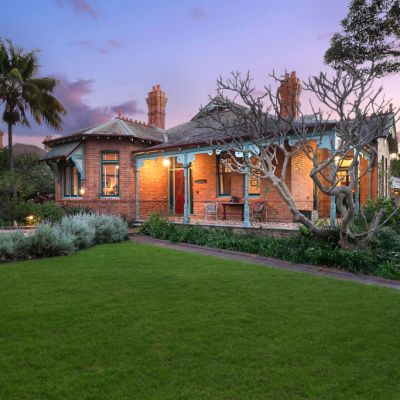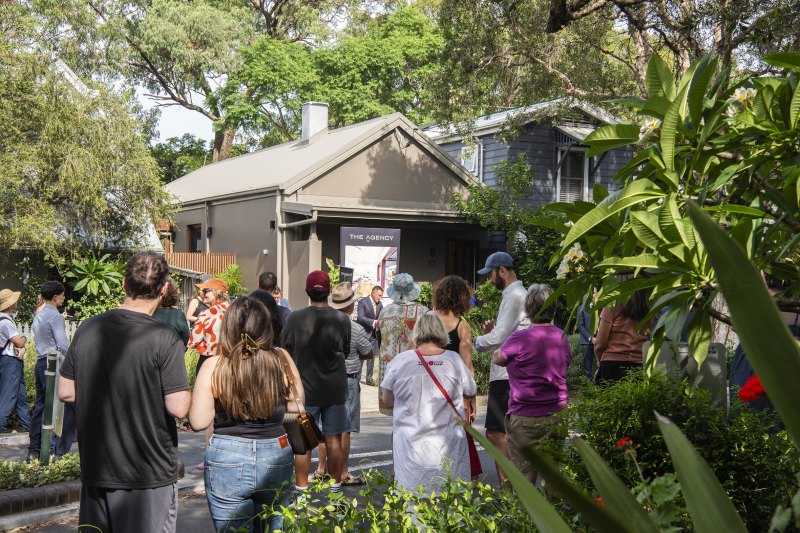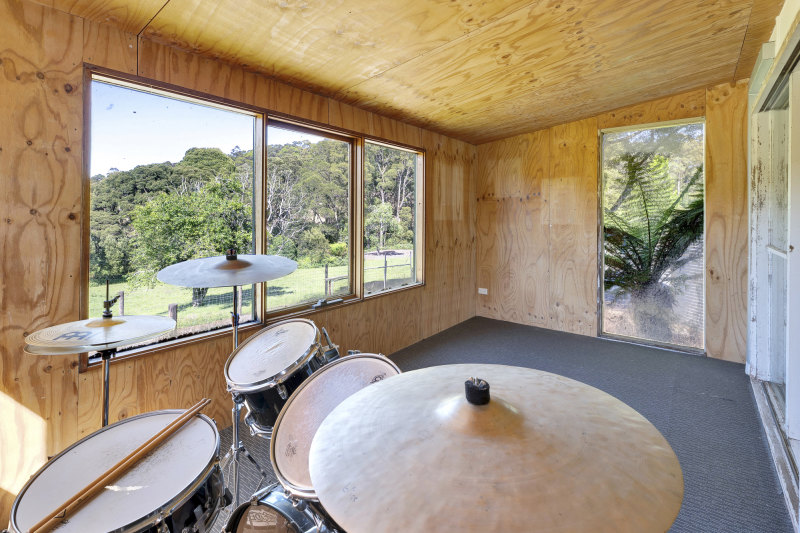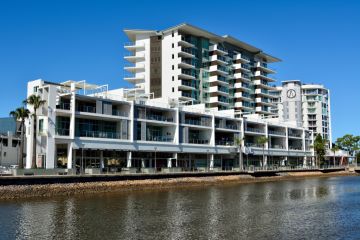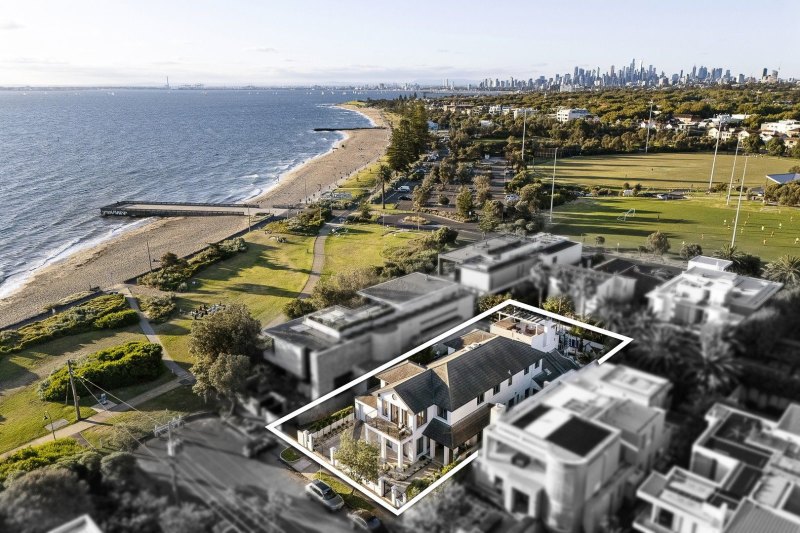‘We’ll have to be a lot more disciplined’: How home owners are slashing costs
Tom Parish knows how lucky he is. He and his wife Kristy bought a home in April 2021, just over a year before interest rates started to rise, but so far have been able to manage the increases.
They’ve cut down on spending, refinanced their home loan and enjoyed pay rises.

“We managed to ride the increases – not unimpacted, we still had to be a little more conservative around spending and particularly when we were planning for a family – but it wasn’t as severe as I’m sure others have been,” Tom, 30, said.
The Sydney family is among the home owners affected by the Reserve Bank decision on Tuesday to increase the cash rate for the 13th time in 18 months, to 4.35 per cent.
The RBA board will be hoping the increase prompts home owners to cut back further on their discretionary spending and reduce the still too-high rate of inflation.
Monthly mortgage repayments on the typical home have soared by thousands of dollars, Canstar modelling shows.
A home owner who purchased at Sydney’s median house price of about $1.42 million in April last year, will have seen their monthly repayments jump by about $2950 since rate rises began in May 2022.
Their Melbourne counterparts, who bought for about $1,001,000 need to find an additional $2085 per month, while those in Brisbane need an extra $1830 per month.
Even those who purchased more affordable properties have seen a sizeable jump. Repayments on a median priced Australian apartment, costing about $620,000 in April 2022, will have increased by $1291.
As for home owners Tom, who works in sports marketing and management, and Kristy, 32, who works in tech, both have moved jobs and secured pay rises since buying their Manly apartment. They have cut back on lunches out and dinners out – first during lockdown, later when planning for a family, recently welcoming newborn Kaia.
“My wife’s on mat leave for a year and goes down to half salary, so we’ll have to be a lot more disciplined in terms of savings and spending and budgeting moving forward particularly if interest rates continue to rise,” he said.
They fixed 90 per cent of their loan at rock-bottom interest rates and poured savings into the offset account for the variable component.
Once they rolled off, they worked with their mortgage broker, Anthony Landahl of Equilibria Finance, to refinance.
Landahl said most of his clients had been able to handle rising mortgage repayments until now.
“There definitely feels like there is more cause for concern around whether there is another rate rise or two on the radar. People are starting to feel the pinch,” Landahl said. “A lot of existing clients have eaten into their redraw and offset. We’re not getting a lot of clients saying they have to sell the house, but they are looking at their budgets.”
He said potential buyers were compromising on their initial plans as higher rates had significantly slashed their borrowing power.

Landahl said the hardest-hit households were those who stretched themselves through the pandemic property boom to get into the market.
Canstar editor-at-large Effie Zahos said the bulk of household budgets had proved resilient to date, but another rate hike could be the last straw.
“There is no doubt that some household budgets will break because they have already refinanced, swapped their [utility providers to reduce] household bills and cut their spending … and in some cases they now have to find an extra $100 per month.”
Switching to a lower one-year fixed rate mortgage, reverting to interest only payments, and extending a loan term, would offset the impact of the latest rate hike. However, she warned these were Band-Aid solutions that provided short-term relief, but would increase the cost of a loan long term.

“If you’re finding that you have no more rope … pick up your phone and call your lender,” she said, stressing it was in the banks’ interest to help customers hold on to their homes.
AMP chief economist Dr Shane Oliver said a strong jobs market and savings buffers built up during the pandemic had limited distressed sales. Though a mortgage cliff had not eventuated, he warned Australia was only about halfway through a big mortgage reset. This, combined with declining savings buffers, could see mortgage arrears and delinquencies become more of an issue next year.
“One in seven home owners with a mortgage are now cash flow negative [based on RBA analysis], they’re running down their buffers, the likelihood is that group will run out of buffers as we go into next year,” Oliver said.
Forced sale would remain limited, but he expected higher rates, poor affordability and an increase in listings would rein in property price growth, and potentially lead to declines next year.
With Tawar Razaghi
We thought you might like
States
Capital Cities
Capital Cities - Rentals
Popular Areas
Allhomes
More

